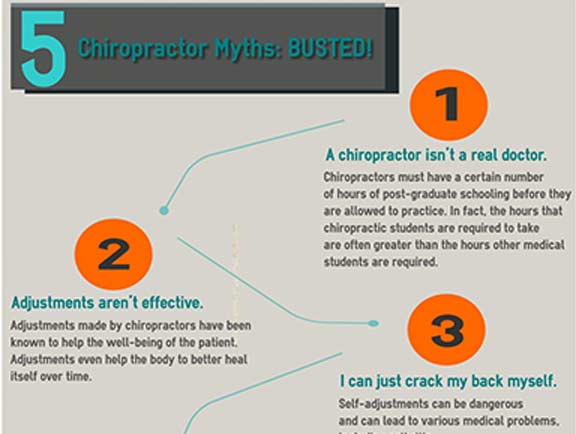Comprehending The Mechanisms Of Cold Laser Therapy
Comprehending The Mechanisms Of Cold Laser Therapy
Blog Article
Post By-Ditlevsen Mccall
When considering alternative therapies, cold laser treatment stands out due to its special technique to healing. By using specific wavelengths of light, it targets mobile features and promotes recovery in a non-invasive way. This technique not just enhances ATP production but likewise help in decreasing inflammation and pain. As research study continues to unravel, the effects for recovery and pain management could be considerable. What does this mean for future treatment choices?
The Devices of Cold Laser Therapy
Cold laser therapy, additionally known as low-level laser treatment (LLLT), functions by stimulating mobile feature through the application of certain wavelengths of light.
When the laser light permeates your skin, it communicates with the mitochondria in your cells, raising ATP manufacturing. This increase in ATP energizes your cells, promoting recovery and regrowth.
The light also affects cell membrane layers, boosting their leaks in the structure and assisting in nutrition absorption while getting rid of toxic substances. Additionally, https://andykpxyw.blog4youth.com/34980735/revealing-the-most-recent-trends-in-laser-treatment-innovations-and-their-advantages sets off the launch of endorphins and minimizes inflammation, assisting your body react more effectively to injury.
You'll experience enhanced blood flow as the therapy stimulates capillary development, guaranteeing that oxygen and nutrients get to broken cells extra successfully.
Comprehending these mechanisms can assist you appreciate its capacity in promoting recuperation.
Potential Benefits of Cold Laser Treatment
When taking into consideration alternatives for discomfort relief and healing, you may find cold laser therapy to be an attractive option. https://www.telegraph.co.uk/business/2022/11/28/ftse-100-markets-live-news-china-house-prices-inflation/ -invasive technique can help reduce inflammation, ease discomfort, and promote tissue repair.
Lots of people report quicker recovery times from injuries and surgical treatments after undertaking cold laser treatment. It's specifically helpful for conditions like joint inflammation, tendonitis, and muscle stress.
click now might also appreciate that it has minimal side effects contrasted to pharmaceuticals. Additionally, cold laser treatment can boost blood circulation, which assists in providing nutrients and oxygen to harmed areas.
Current Study and Scientific Applications
As rate of interest in cold laser therapy expands, researchers are exploring its different applications and performance in professional setups. You'll find research studies exploring its duty suffering administration, injury healing, and minimizing swelling.
In physical treatment, professionals make use of cold laser therapy to enhance healing in sporting activities injuries, while dental practitioners are locating it valuable for dealing with oral discomfort and gum tissue conditions. Ongoing trials are examining its capacity in treating problems like arthritis and neuropathy.
These studies aim to establish standard methods and dosages, ensuring safety and efficiency. As even more evidence emerges, you may see cold laser therapy becoming a staple in both rehab and discomfort administration, offering patients a non-invasive option that matches standard treatments.
Conclusion
In conclusion, cold laser therapy uses a promising method to recovery by harnessing particular wavelengths of light to increase mobile functions and advertise healing. With advantages like enhanced blood flow, reduced inflammation, and pain alleviation, it's ending up being an important alternative for different problems. As research continues to develop standard procedures, you can anticipate greater approval of this non-invasive treatment in rehabilitation methods and discomfort management approaches, making it a possible game-changer for lots of individuals.
